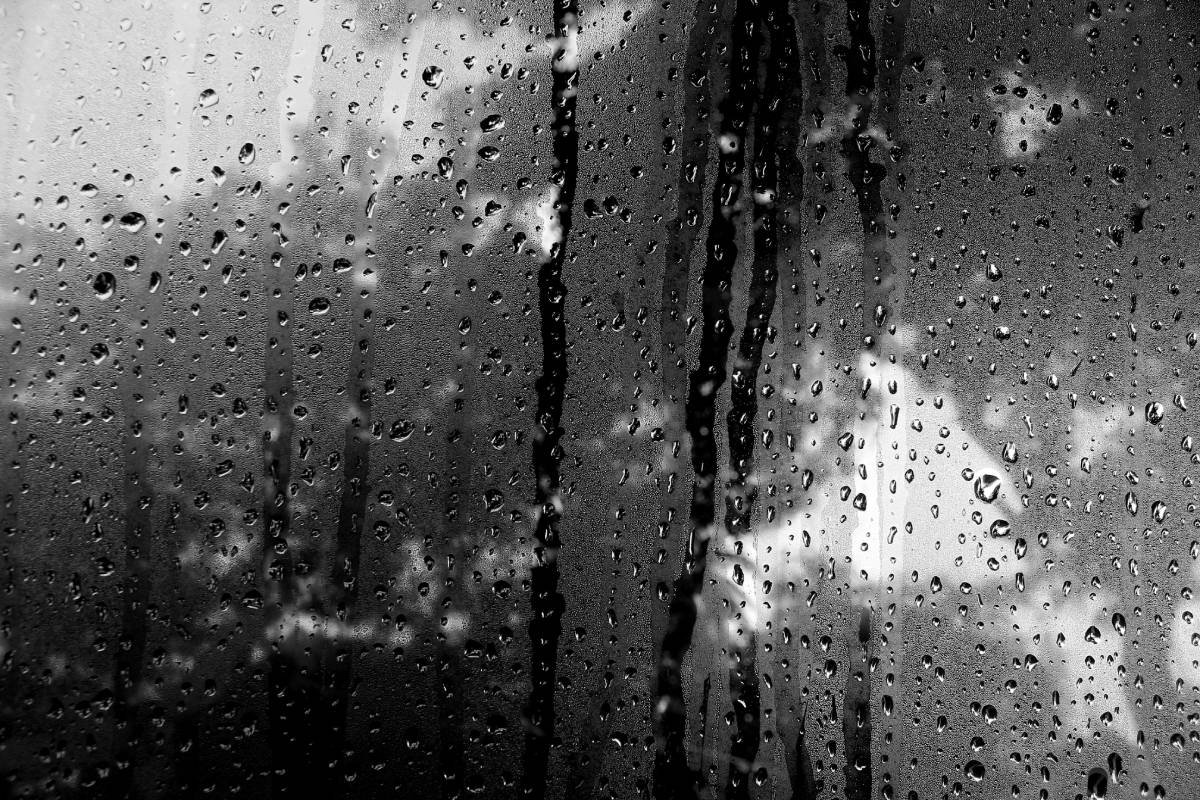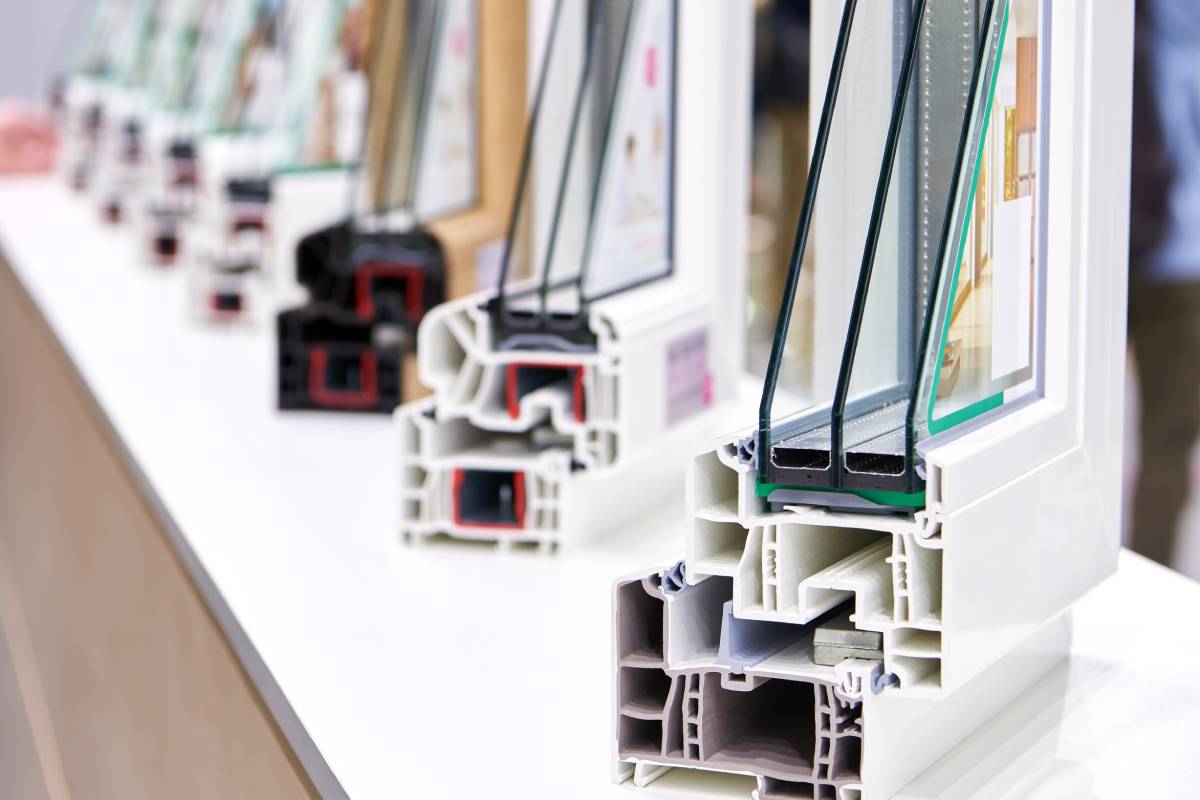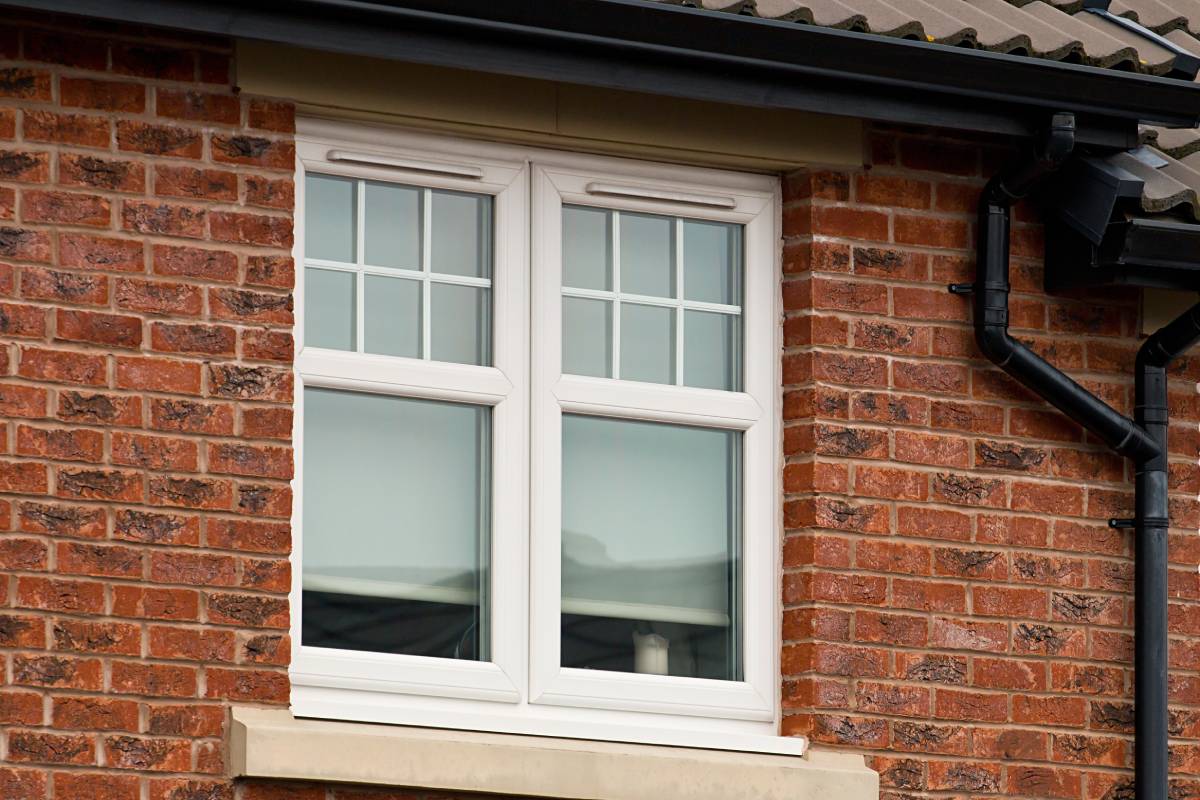At Colne Valley Windows, we've always believed that good windows do more than let in…
Why Is There Condensation On The Outside Of My New Windows?

If you’ve recently had new double or triple glazing installed, you’re probably already enjoying the benefits, such as quieter rooms, lower heating bills, and a warmer, more comfortable home. But if you’ve noticed condensation forming on the outside of your windows, it’s natural that you are anxious.
At Colne Valley Windows, we occasionally hear from customers in Essex and Suffolk who are concerned that their new glazing is “fogging up” on the outside. While it can be a surprise, this is actually a sign that your windows are working perfectly.
Why It Happens: The Science of Condensation
Condensation is a natural process that occurs when warm, moisture-rich air meets a cooler surface. This is why, in the past, you may have seen condensation forming on the inside of old single-glazed windows. The cold glass was attracting moisture from the indoor air.
Modern double and triple glazing is built with low-emissivity (low-e) coatings and gas-filled cavities to retain heat in your home. These thermal barriers mean that hardly any warmth reaches the outer pane of glass, so in the early morning, when the external air is cooler and humid, the outside pane can fall below the dew point, causing condensation to form.
In other words, condensation on the outside of your windows means heat isn’t escaping your home like it used to. It’s a mark of high energy efficiency, not a fault.
According to the Energy Saving Trust, modern energy-efficient windows significantly reduce heat loss, helping homeowners cut bills and carbon emissions. Read more here.
Is There a Way to Prevent It?
Since this kind of condensation is caused by external conditions and excellent window insulation, there’s no need to worry and it will usually disappear as the day warms up. However, if the condensation is persistent or bothers you visually, there are a few options:
- Improve air circulation outside your windows by trimming back nearby hedges or installing trickle vents.
- Consider hydrophilic glass coatings, which cause water to spread into a clear sheet rather than form droplets, therefore minimising visible misting.
- Infrared heating may also help prevent internal condensation and damp, especially in moisture-prone areas like bathrooms and kitchens.
While we wouldn’t recommend replacing perfectly performing windows, it’s good to know that infrared heating, which warms objects rather than air, can help reduce the conditions where condensation thrives. It’s similar to how the sun dries dew in the morning.
What About Condensation Between the Panes?
Condensation between the glass panes is a different issue entirely. It usually signals that the sealed unit has failed, allowing moisture inside. If this is happening with your windows, it’s worth getting them checked by a professional, as replacing the glazing unit may be required.
Final Thoughts
If you’ve invested in new windows and are seeing external condensation, don’t panic! It’s actually a sign that your home is retaining heat more effectively. While it might momentarily obscure your view, the long-term energy savings and improved comfort are worth it.
Still have questions? Feel free to get in touch with the team at Colne Valley Windows. We’re always happy to offer advice or book a no-obligation survey.



